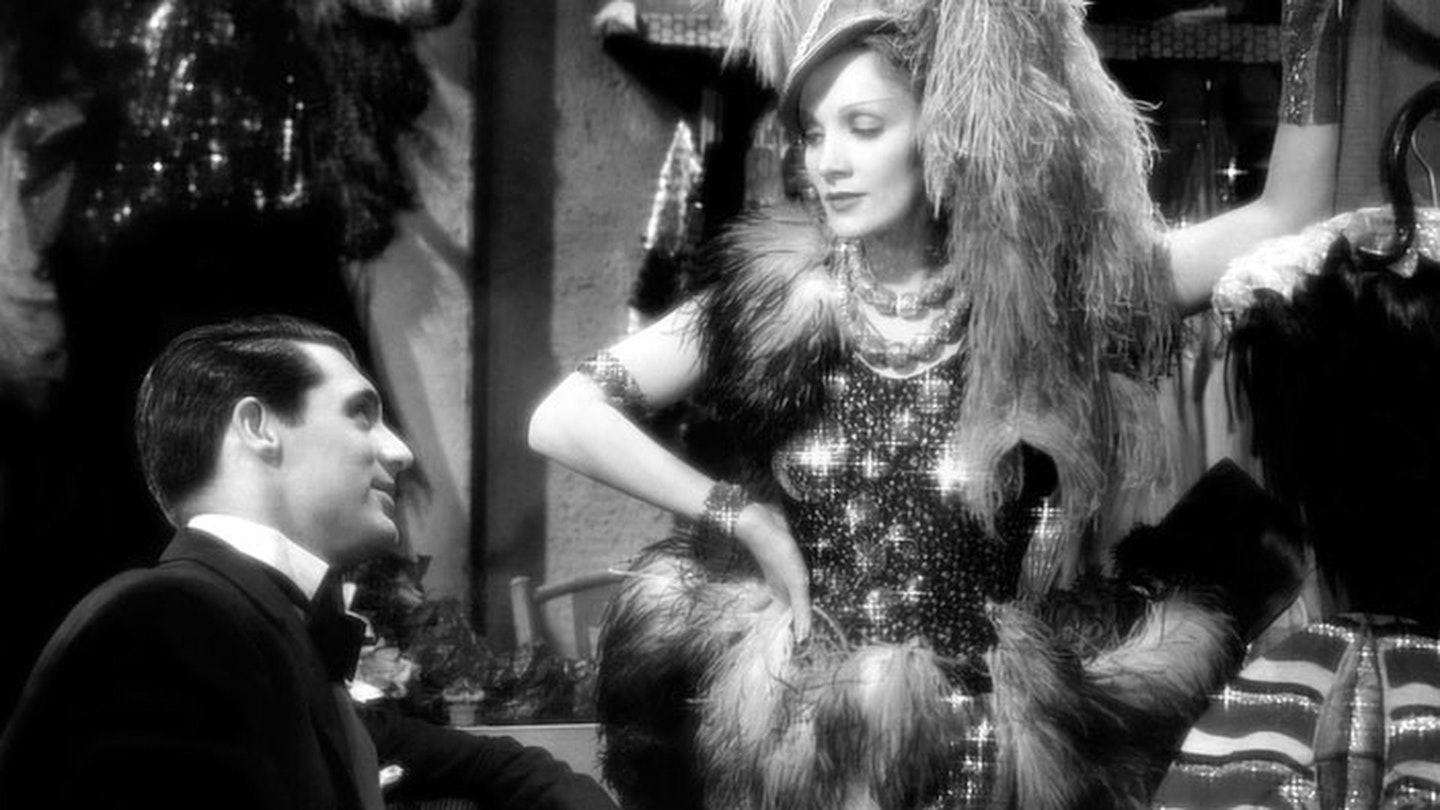Fresh from the critical and commercial triumph of Shanghai Express, Josef von Sternberg submitted an original scenario for Marlene Dietrich's next picture, only for the Paramount front office to consider it immoral and demand wholesale changes. When Von Sternberg refused, he was suspended and the project was handed to Richard Wallace. However, Dietrich refused to work with him and Von Sternberg was reinstated on the provison he toned down the screenplay.
Ostensibly, Blonde Venus is a morality tale, in which, from the best of motives, a model wife and mother sinks ever deeper into depravity before managing to recover her virtue on attaining international celebrity. But its wildly melodramatic storyline was merely an excuse for Von Sternberg to exhibit Dietrich in a series of increasingly stylised set-pieces.
Some, like the `Hot Voodoo' number (in which Dietrich emerges from a gorilla suit sporting a blonde fright wig) were purely provocative. Yet, while few film-makers placed more objects between their camera and the star, each prop, wisp and shadow was meticulously placed to enhance the visual and psychological texture of the image. Consequently, thanks to art director Wiard Ihnen and cinematographer Bert Glennon, the locales through which Dietrich drags her son, as she flees from the sleazy New York backstreets to the sweltering and scarcely more salubrious dives of Galveston, are impossibly atmospheric and confirm Von Sternberg as much more than an exotic pictorialist.
Indeed, some critics have suggested that he was attempting something of a feminist treatise here in revealing how Dietrich is abused by the various lecherous, exploitative, officious, priggish and self-serving men she encounters. Yet, this is actually a paean to the underdog in general, with even the black characters being presented in a more sympathetic and less stereotypical light than they were in the majority of other Golden Age features.
